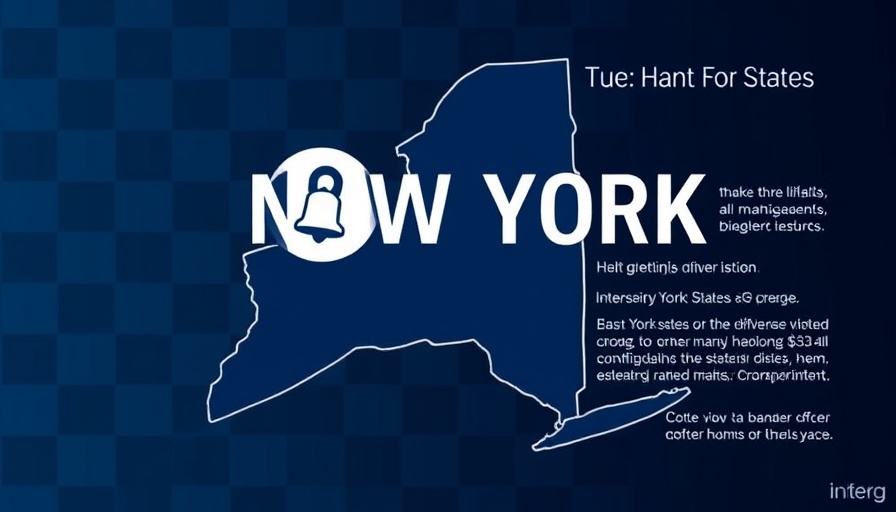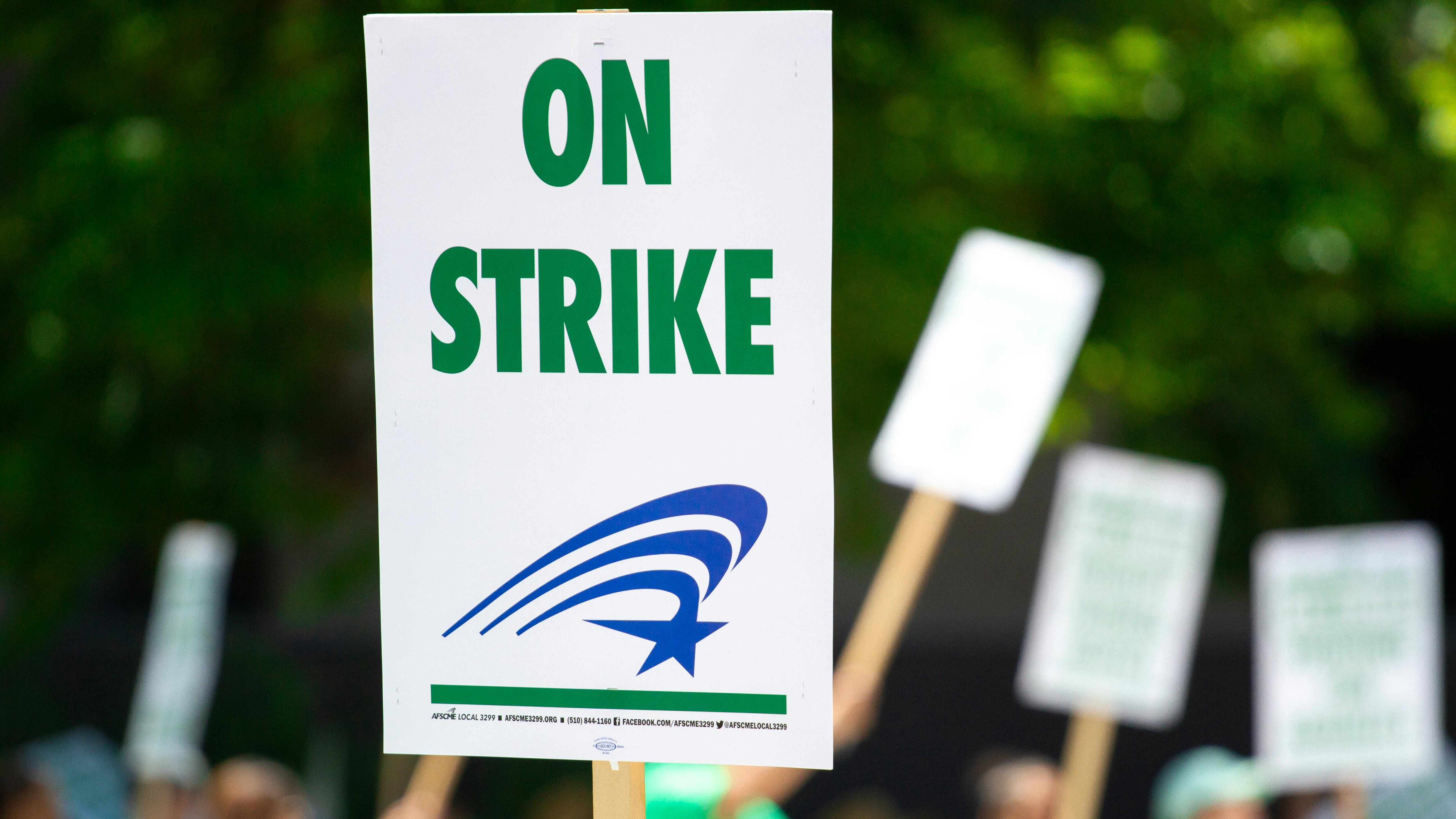
The End of an Era: New York's COVID-19 Quarantine Leave Law
As of July 31, 2025, New York’s COVID-19 Quarantine Leave Law will officially sunset, marking the end of a significant chapter in employment law that began in the height of the pandemic in March 2020. This law was a critical safety net enabling employees to receive paid leave during times of mandatory or precautionary quarantine due to COVID-19. With the cessation of this law, employers are tasked with navigating a complex landscape of other state and local paid leave regulations.
Understanding the Landscape of Paid Leave Regulations
The expiration of this quarantine leave law does not equate to a drop in compliance requirements for employers. Instead, it brings to the forefront the multitude of existing paid leave laws that still govern employee rights and employer obligations. New York laws emphasize the necessity for employers to ensure they are in alignment with not only state mandates but also local ordinances that may impose differing or additional obligations.
Why Accurate Tracking Is Essential
For HR compliance officers and payroll managers, the end of the COVID-19 Quarantine Leave Law adds pressure to already daunting compliance efforts. Manual tracking of various leave types can lead to significant errors, resulting in costly consequences such as fines and penalties. Organizations should consider adopting systems like GovDocs Paid Leave to streamline their compliance with these convoluted laws.
Final Thoughts on Compliance and Preparation
Employers find themselves at a crossroads as they prepare for the implications of the ending law. Investing in HR technology solutions can serve as an advantage, providing a centralized resource to handle the intricacies of compliance and labor law postings. This move not only safeguards organizations from potential legal issues but also fosters an environment of trust and transparency with employees regarding their rights.
In conclusion, as New Yorkers adapt to the final closure of COVID-19 specific regulations, it’s crucial for employers to re-evaluate and enhance their HR practices to ensure they remain compliant with existing labor laws. Staying informed and proactive will lead to a stronger legal foundation and workplace ethos.
 Add Row
Add Row  Add
Add 




Write A Comment